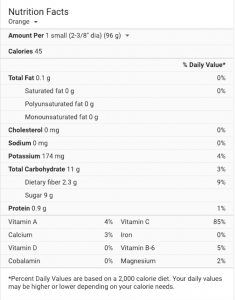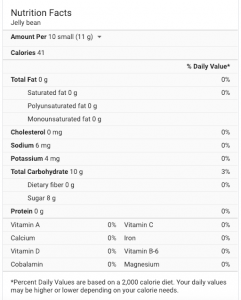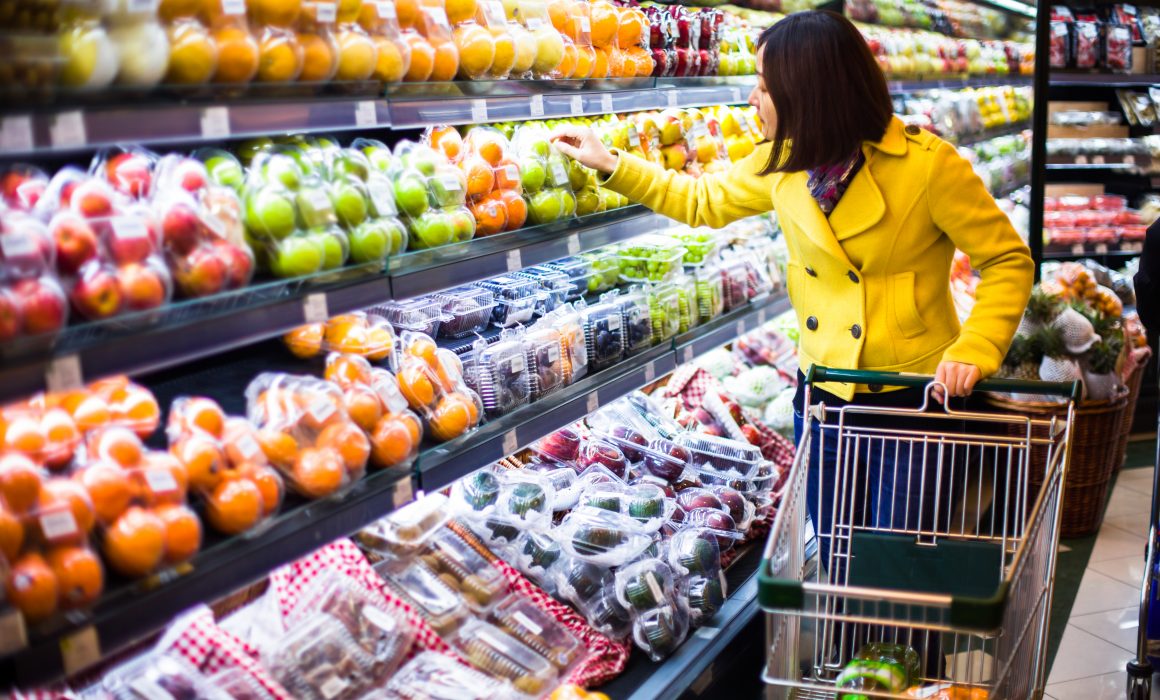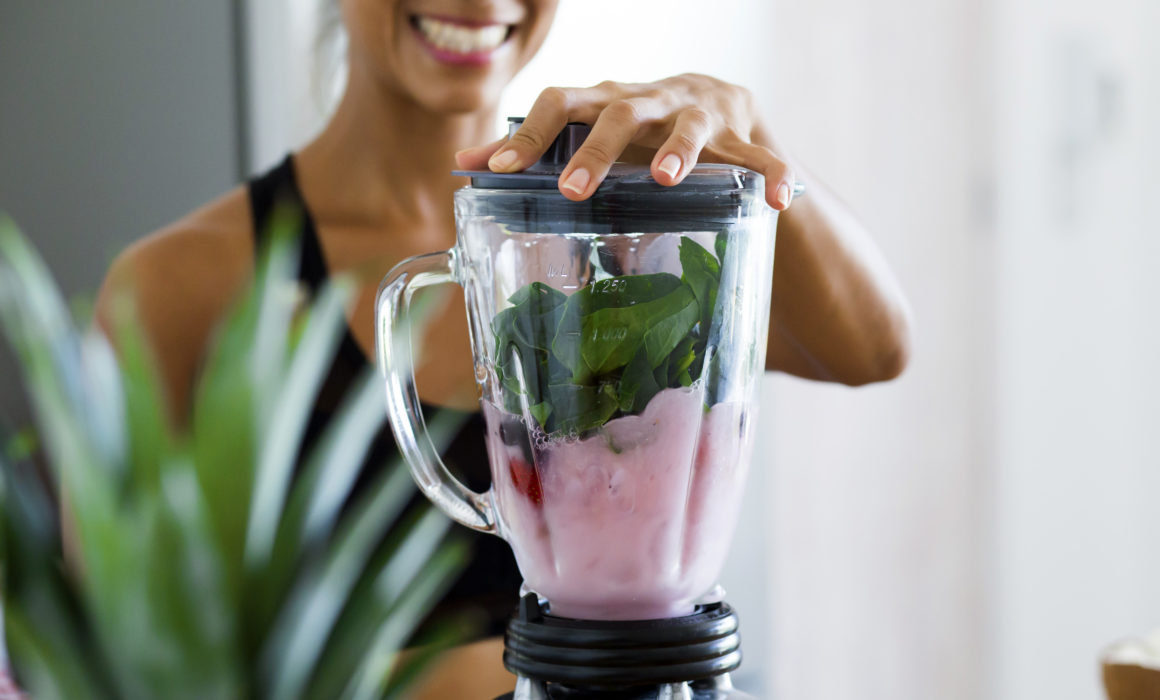Micros: Easily Overlooked and 3 Ways to Get Them
What are Micros?
Macro is a word often heard in the fitness community. Many of us have probably heard people say, “I’ll eat it as long as if it fits my macros.” But, something that is easily overlooked is micros. “Micronutrients are dietary components, often referred to as vitamins and minerals, which although only required by the body in small amounts, are vital to development, disease prevention, and wellbeing,” (CDC.gov). A lot of times when we focus on eating healthy, we direct our attention to the protein, fats and carbs on the nutrition labels, but we don’t focus on all the vitamins and minerals we may or may not be getting. Ultimately it comes down to food choices. For example, let’s compare an orange and a jellybean.
10 Jelly Beans Nutrition:
Fat: 0g
Carbs: 10g
Protein: 0g
1 Small Orange Nutrition:
Fat: 0.1g
Carbs: 11g
Protein: .9g
On a Macro level, these two foods look like they are pretty similar – about 10g of carbs per serving. But, on a Micro level, these two foods are very different:


Here are 3 Ways to Ensure You are Getting the Micronutrients You Need:
1. Shop the outer rim of the grocery store: Food choices are very important when it comes to micronutrients. The outer rim is typically fresh whole foods, which means that they will be packed with both macronutrients and micronutrients. Typically things that are frozen or come from a bag or box will not give you the micronutrients you need.
2. Eat Your Fruits and Veggies: Fruits and Veggies are packed with all kinds of micronutrients.
3. Supplementation: Food is always the best source to get your micronutrients, but this can often be a challenge. This is where supplements come into play. Taking a multi-vitamin and fish oil is very foundational for most adults. If you’re not a huge fan of veggies, or have some digestion issues, adding a green supplement into your regimen could be a good idea too. Here’s the supplement stack we recommend: https://1stphorm.com/products/stacks/sports-performance/the-essential-stack (You also get FREE shipping using that link!)
Balance is Key
The key to optimal nutrition fueling is consuming a variety of fruits and vegetables, healthy proteins, and carbohydrates. You want to limit your consumption of refined process carbs like sugary cereal, syrups, candy, cookies, ect. Aim for one meal every 2-4 hours to meet your daily caloric requirements. This may vary from person to person based on sex, age, weight, height, and activity level.
For more information schedule a nutrition consultation today!


